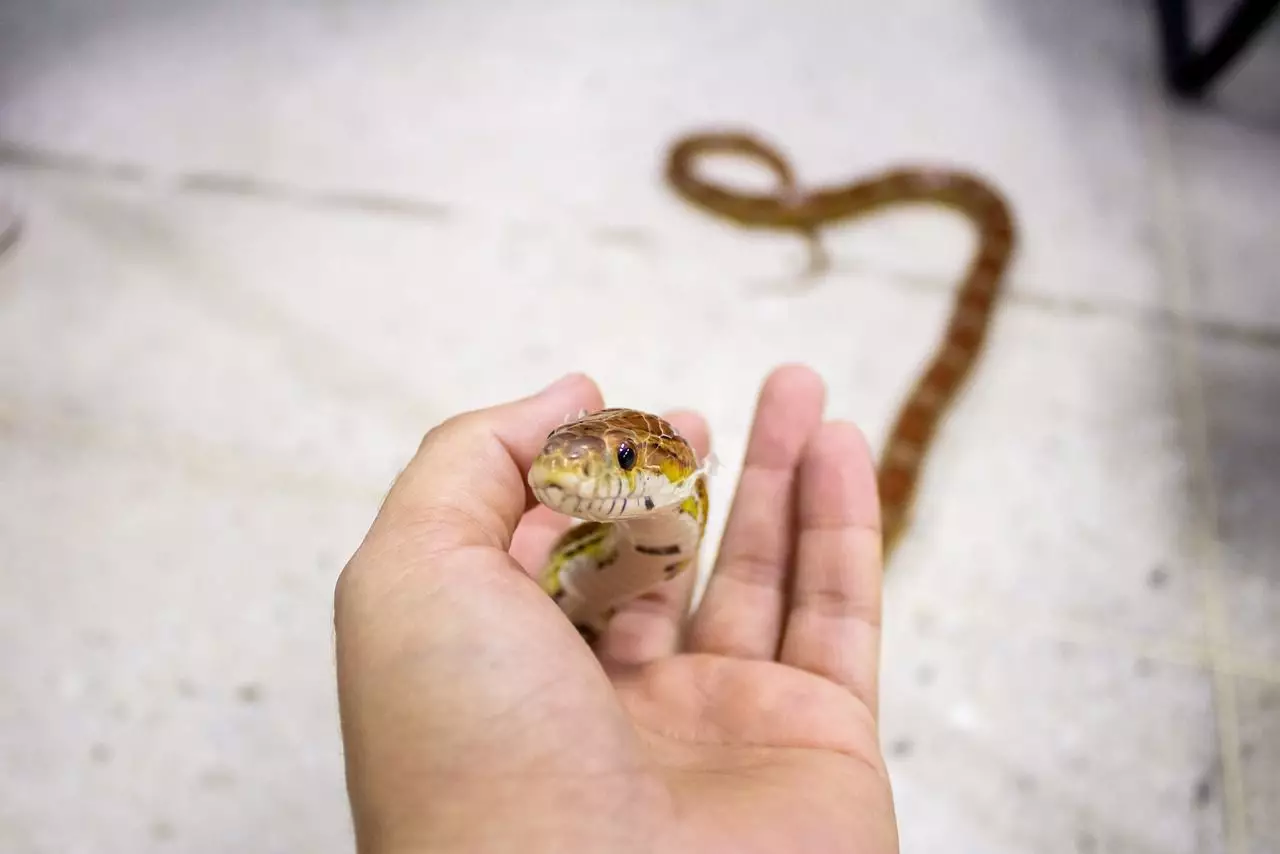The issue of released pet snakes contributing to infestations has sparked considerable debate among pet owners, environmentalists, and wildlife experts. Despite the apparent link between released pets and rising snake populations in certain areas, pet snakes are often not directly blamed for these infestations. Here, we delve into the reasons behind this perspective and explore the factors contributing to infestations.

Misidentification and Lack of Evidence
One significant reason released pet snakes aren’t often blamed for infestations is the challenge of correctly identifying them in the wild. Native and non-native species can be difficult to distinguish, especially when snake populations grow large.
- Similar Appearances: Many released pet snakes look similar to native species, making it hard to trace infestations back to pet releases.
- Lack of Tracking: Without tracking or tagging released snakes, it’s challenging to gather concrete evidence linking them to specific infestations.
Ecological Adaptations
Released pet snakes might not always thrive in the wild, limiting their impact on local ecosystems compared to native species better adapted to the environment.
- Survival Challenges: Many pet snakes struggle to adapt to the wild, facing challenges like finding food, avoiding predators, and surviving weather conditions.
- Ecological Niches: Native species often fill ecological niches more effectively than released pets, influencing infestation dynamics.

Focus on Other Factors
Infestations are typically the result of multiple factors, with released pets being only one potential contributor. Other elements often receive more focus in discussions about snake population growth.
- Habitat Changes: Urbanization, deforestation, and habitat destruction can create conditions favorable for snake infestations.
- Prey Availability: Increased prey populations, such as rodents, can lead to a rise in snake numbers, regardless of released pets.
Public Perception and Education
Public awareness and understanding of pet snake releases’ ecological impacts are often limited, affecting how responsibility is assigned.
- Education Gaps: Many people are unaware of the consequences of releasing pet snakes into the wild, leading to a lack of accountability.
- Perception of Blame: Blaming released pets can seem less urgent compared to broader environmental issues, diverting attention from this specific cause.

Addressing the Issue
To better manage snake infestations and their causes, a multifaceted approach is needed. Here are some steps to consider:
- Education and Awareness Campaigns: Increasing public understanding of the impacts of releasing pet snakes can help prevent this practice.
- Stronger Regulations: Implementing and enforcing laws against releasing pets into the wild can reduce the number of non-native snakes.
- Habitat Conservation: Protecting natural habitats can mitigate conditions that lead to infestations.
- Research and Monitoring: Conducting studies to track snake populations and their sources can provide valuable data for addressing infestations.
Conclusion
While released pet snakes may contribute to infestations, several factors complicate directly blaming them for these issues. Challenges in identification, ecological adaptations, and other contributing factors play significant roles in infestation dynamics. By focusing on education, regulation, and conservation efforts, we can address the root causes of snake infestations more effectively.
